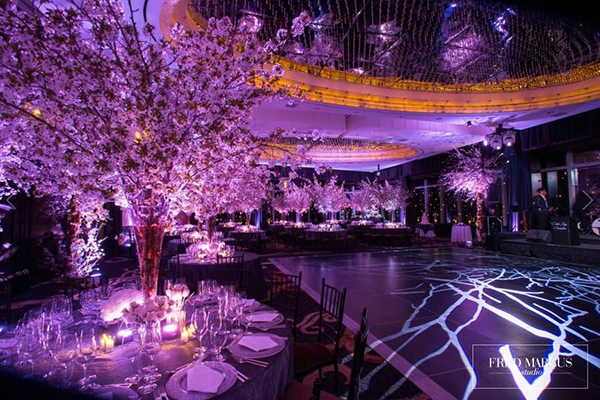Advantages of Light Emitting Diode Display Walls Over Conventional Projector Systems in Modern Visual Displays
Wiki Article
LED video walls have grown increasingly favored in multiple settings, such as schools, businesses, and leisure venues. These advanced visual technologies offer several advantages over traditional projection systems. Recognizing these advantages can help organizations make knowledgeable decisions about their visual needs. This piece will examine the key advantages of Light Emitting Diode display screens, including luminosity, image quality, adaptability, maintenance, and power efficiency.
One of the most significant benefits of LED video screens is their brightness. Light Emitting Diode technology produces vibrant and radiant pictures that can be easily viewed in multiple illumination conditions. Unlike traditional projection systems, which can struggle in brightly lit settings, Light Emitting Diode video walls maintain their sharpness and hue accuracy even in bright spaces. This makes them ideal for outdoor events or places with large openings. The elevated luminosity levels ensure that the material displayed is consistently visible, making it easier for viewers to engage with the information being shown.
In addition to luminosity, LED video screens provide superior image quality. They offer greater resolution and better hue rendering compared to traditional projector systems. This means that pictures and videos displayed on an LED screen appear sharper and more detailed. The dot density of Light Emitting Diode screens allows for close viewing without losing clarity, which is especially crucial in environments like exhibition shows or conferences where attendees may be close to the screen. Furthermore, LED tech can produce richer blacks and more vibrant hues, enhancing the overall aesthetic impression.
Versatility is another key advantage of LED display walls. These systems can be arranged in various sizes and shapes to fit different spaces and aesthetic requirements. Unlike traditional projection systems, which require a particular spacing from the screen to function properly, LED video screens can be set up sites in a range of environments. They can be curved, tiled, or even used in creative arrangements to create distinct visual exhibits. This adaptability allows companies to customize their visual exhibits to suit their particular requirements, making Light Emitting Diode display screens a versatile choice for any environment.
Upkeep is also a critical factor when comparing LED video walls to traditional projector technologies. LED screens generally require less maintenance over time. Conventional projection systems often need lamp replacements and regular maintenance to maintain optimal performance. In contrast, LED tech has a greater duration and does not require frequent replacements. This reduces downtime and maintenance expenses, making Light Emitting Diode video walls a more economical option in the long-term future. Companies can focus on their displays rather than concerned about the upkeep of their display systems.

Lastly, energy efficiency is an essential consideration for many organizations. Light Emitting Diode display screens consume fewer energy compared to conventional projector systems, which can lead to significant savings on energy bills. This is particularly beneficial for companies and locations that use displays for long times. Additionally, the reduced power usage of Light Emitting Diode tech contributes to a lowered ecological footprint, making it a more eco-friendly option. By choosing LED video screens, organizations can benefit from premium display screens while also being considerate of their power consumption and ecological impact.
In summary, Light Emitting Diode display walls offer numerous benefits over conventional projection technologies. Their luminosity, visual clarity, adaptability, minimal maintenance needs, and energy efficiency make them an excellent option for contemporary display screens. As technology continues to progress, Light Emitting Diode video walls are likely to grow even more common in multiple environments, providing companies with the tools they need to effectively communicate and interact with their viewers.